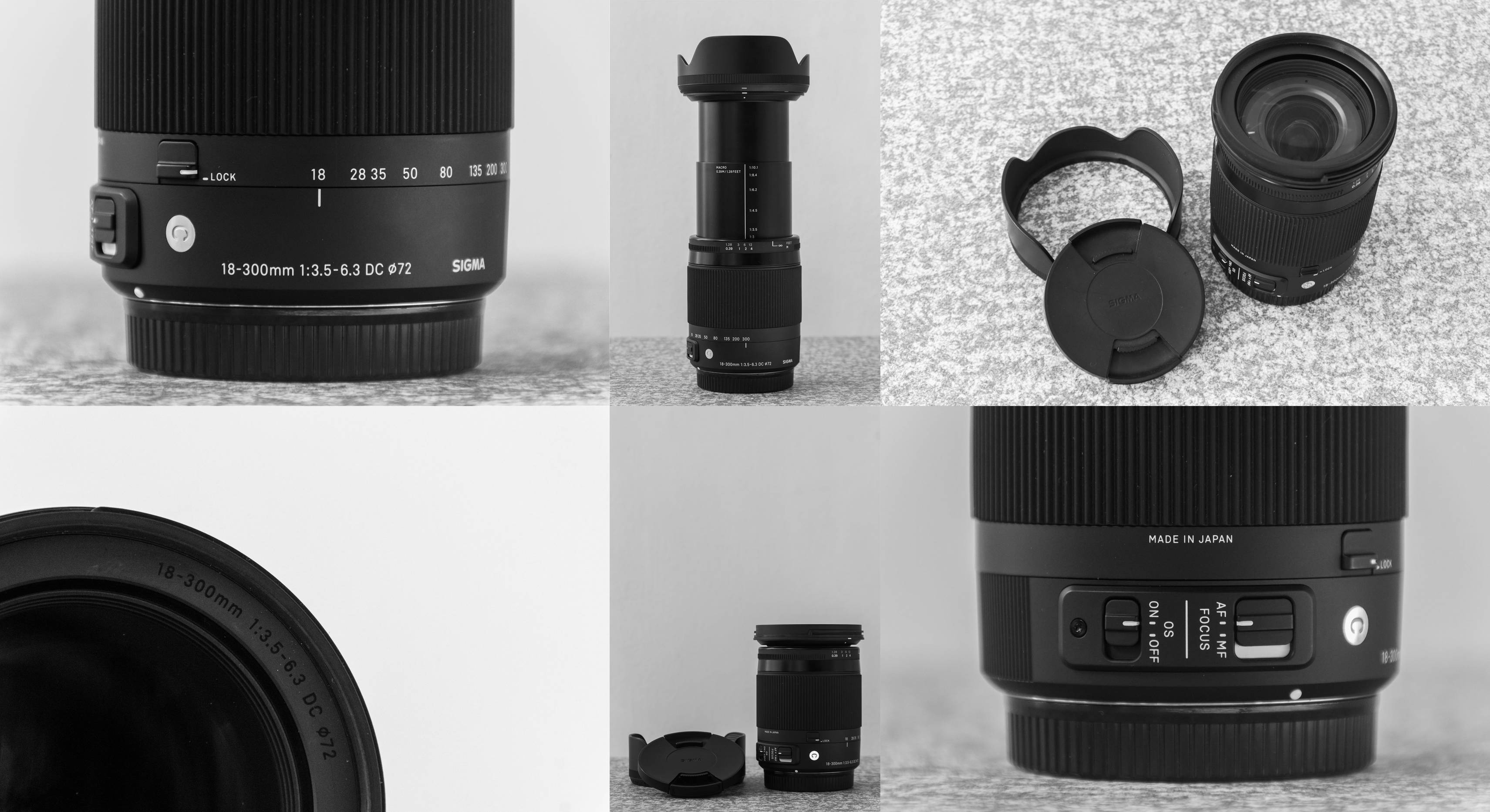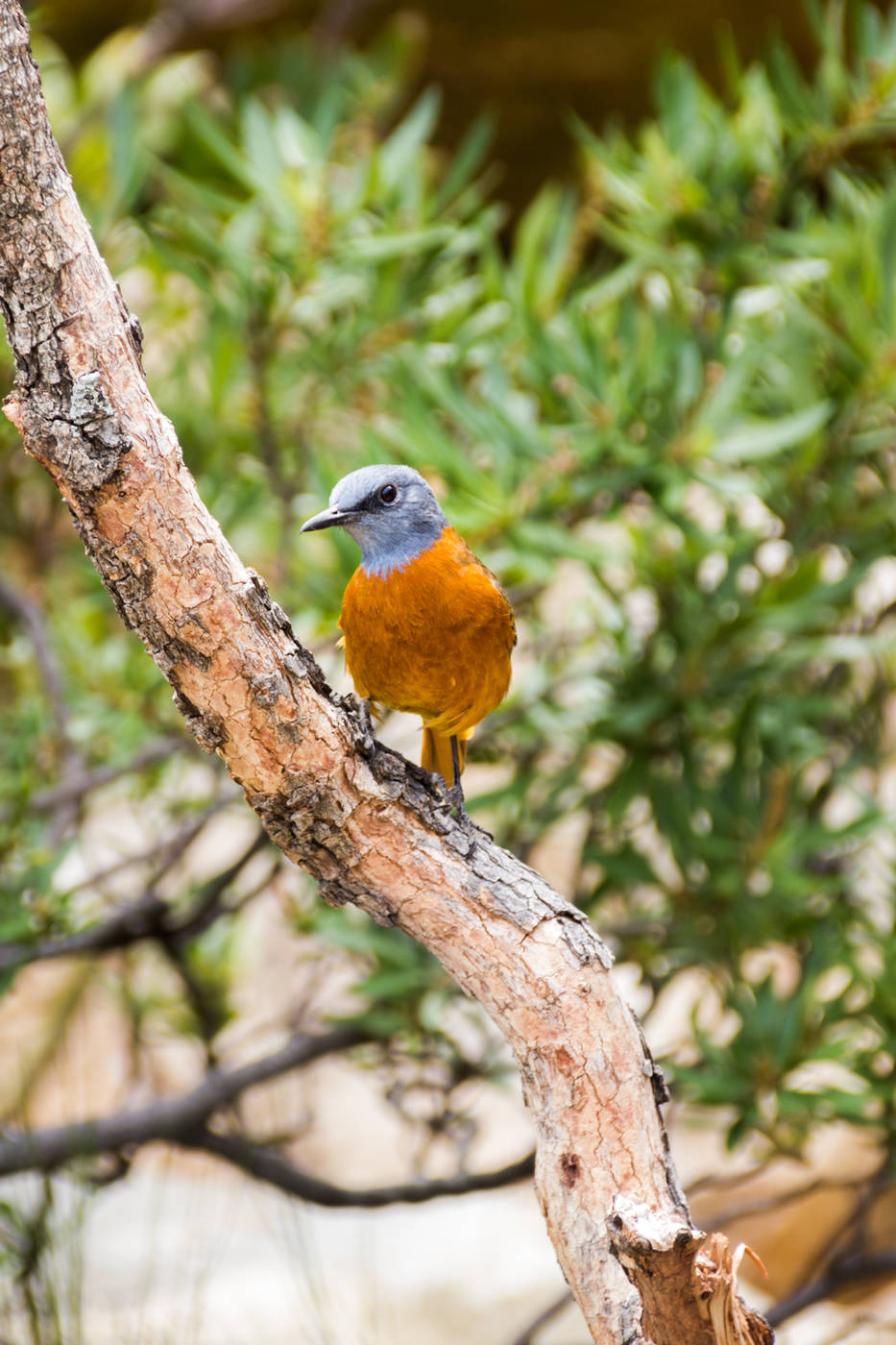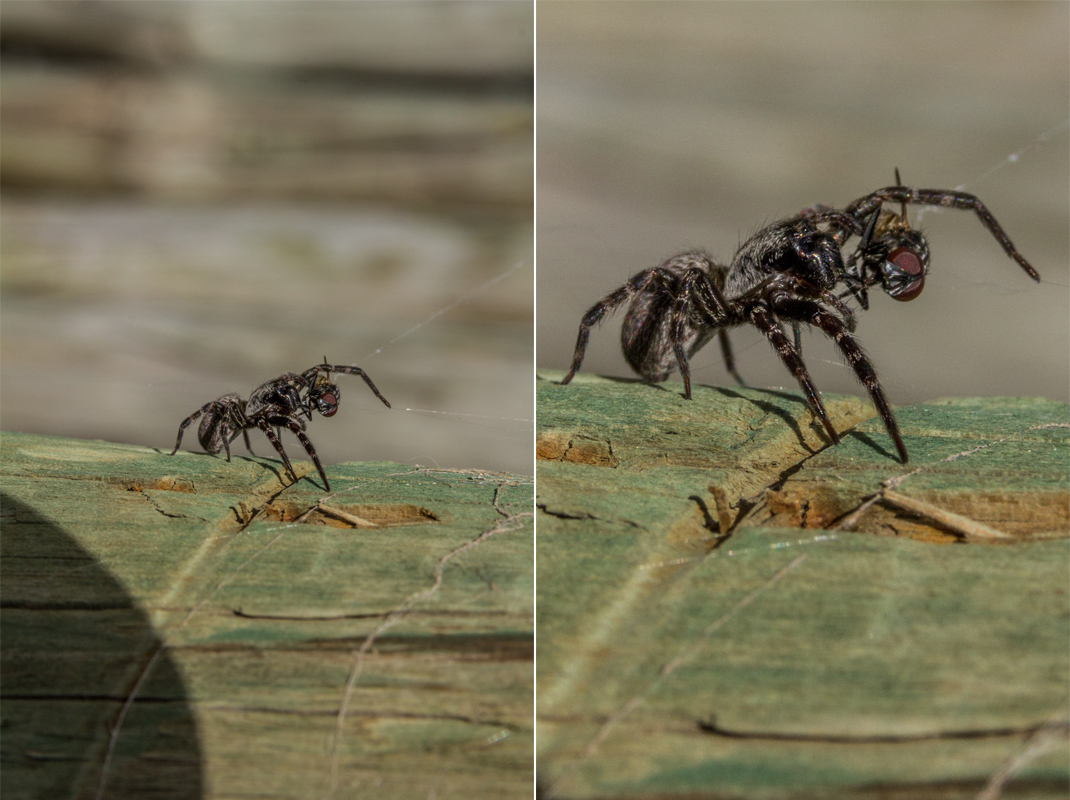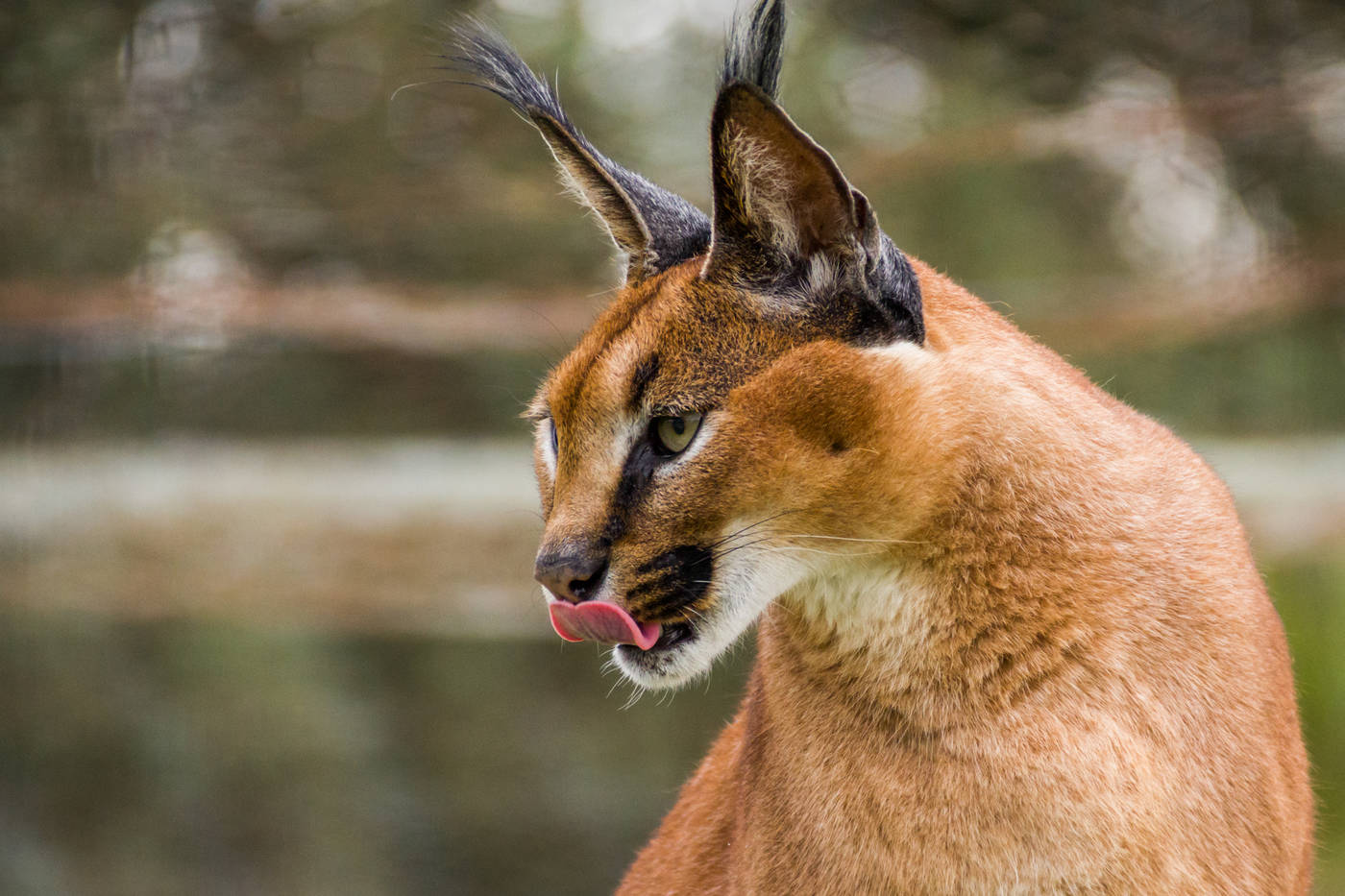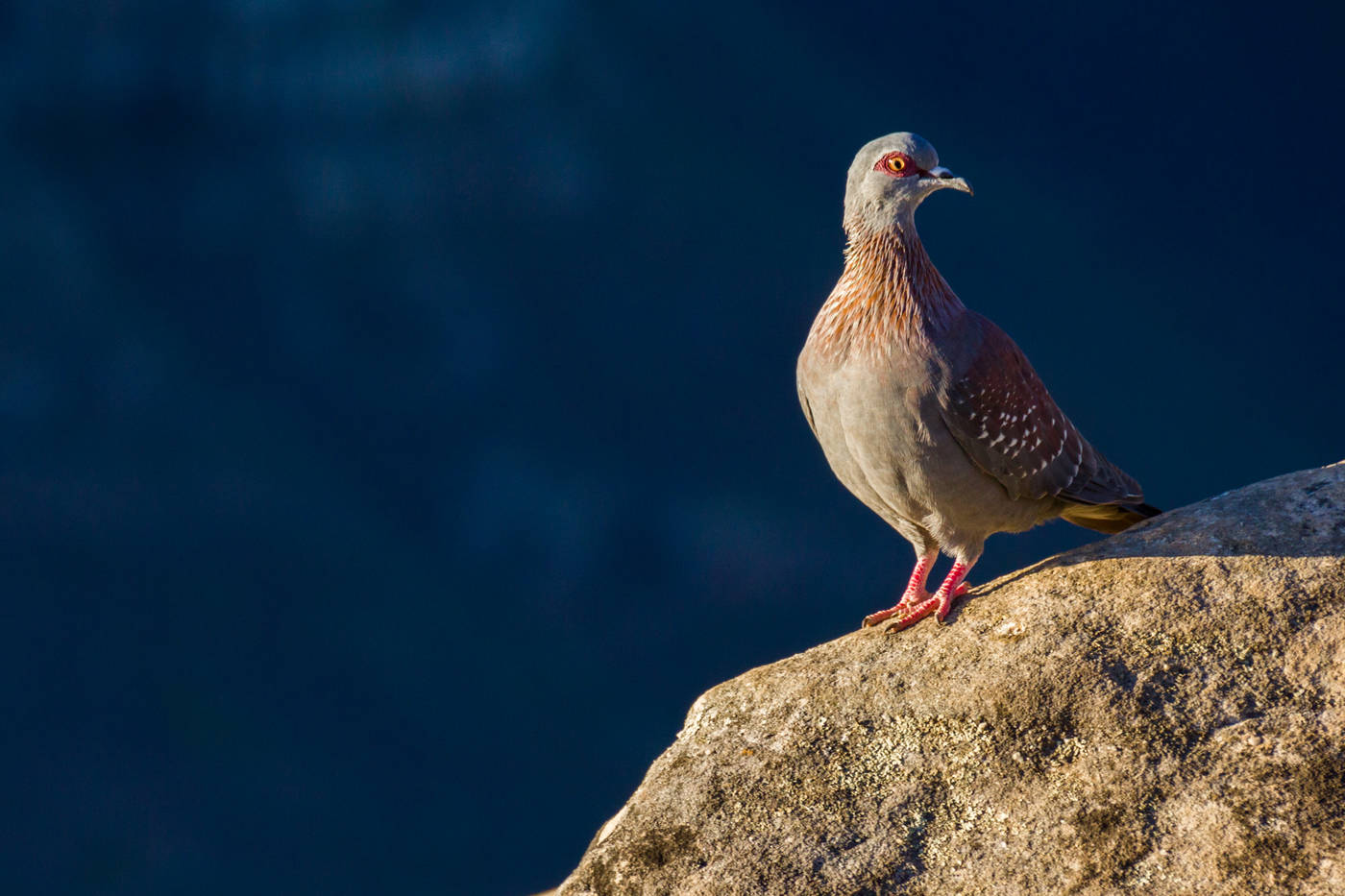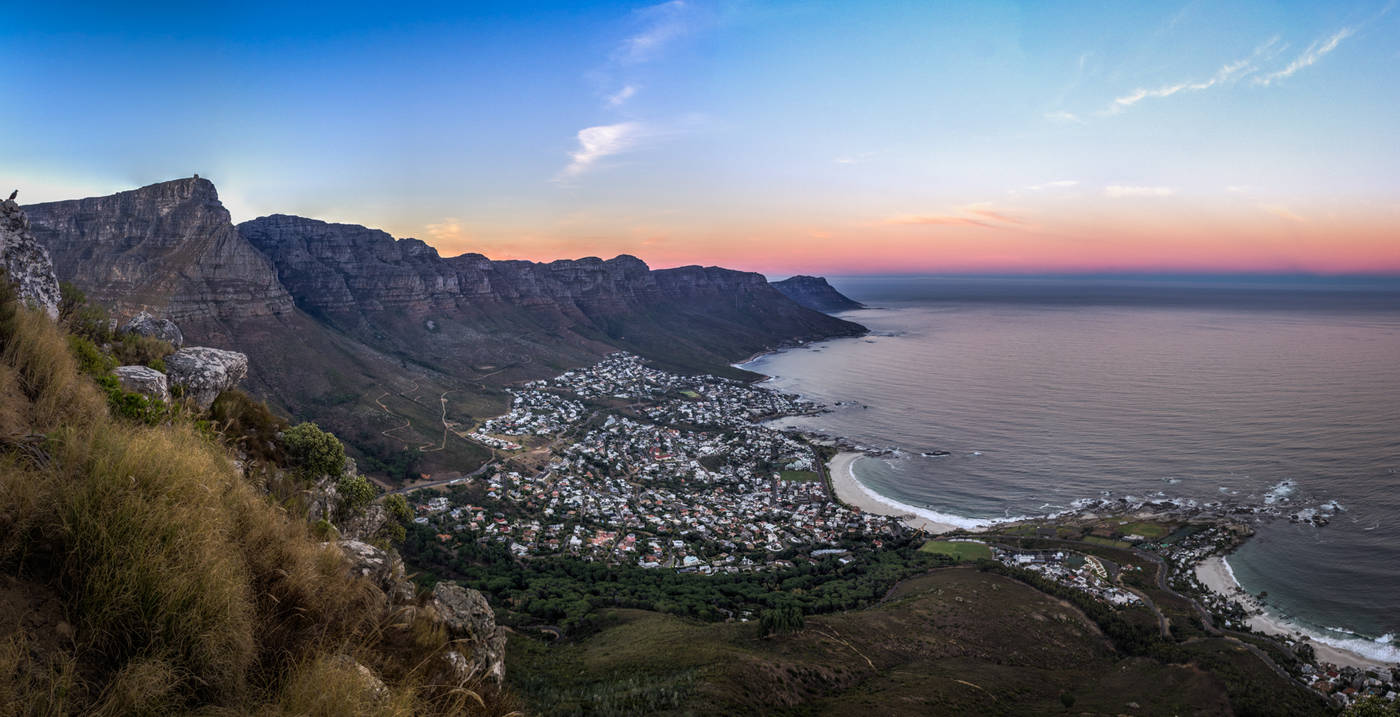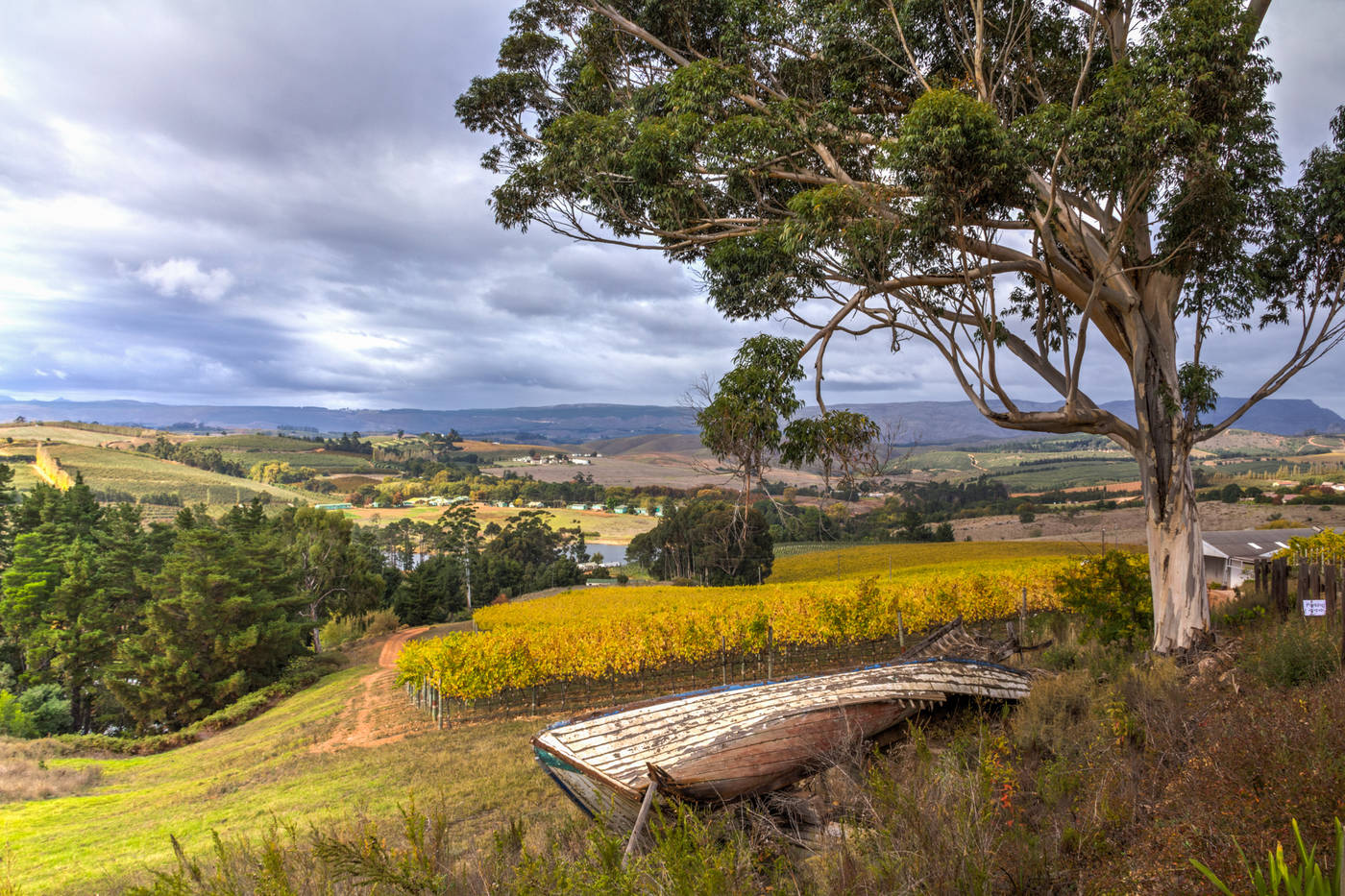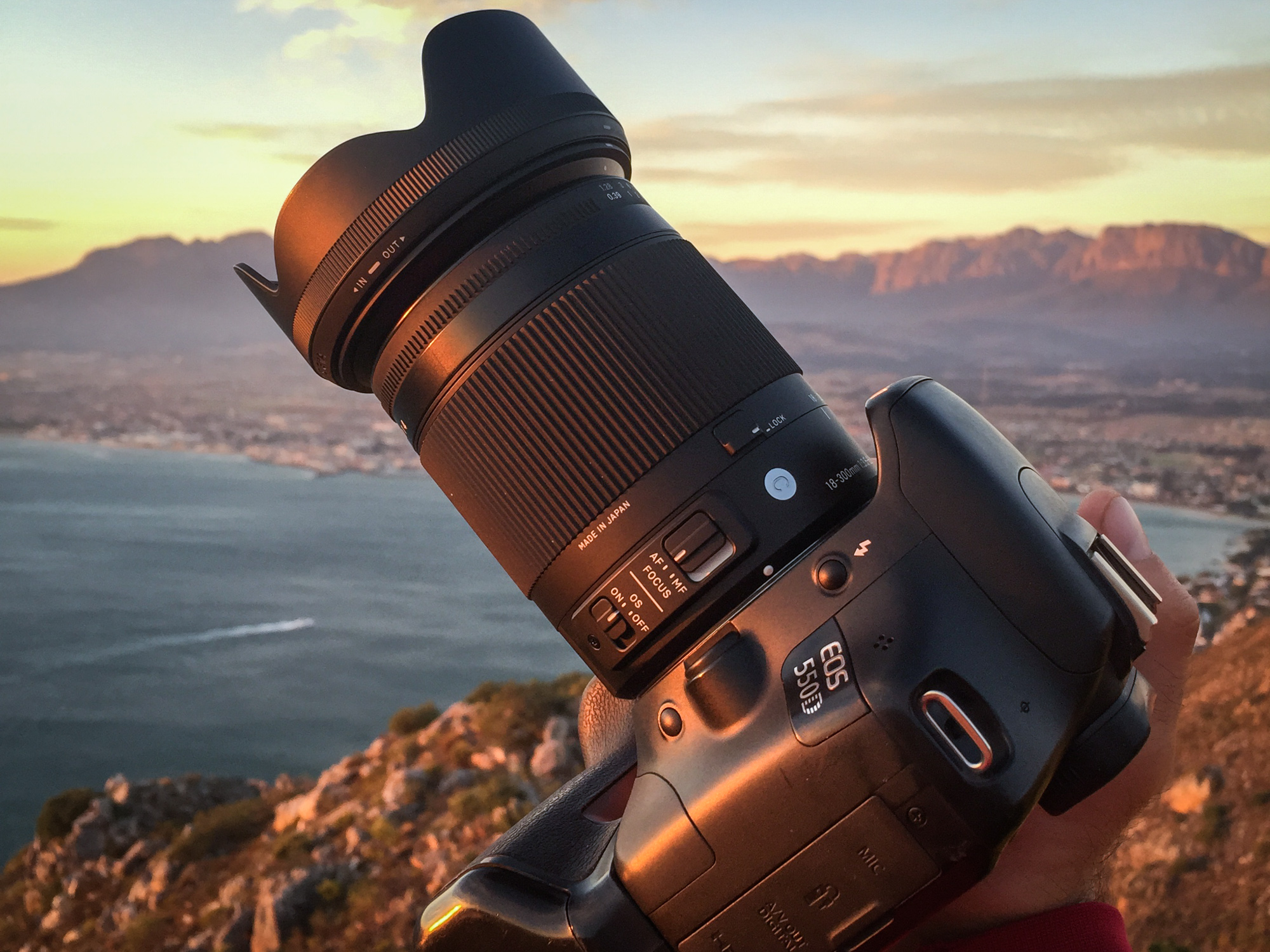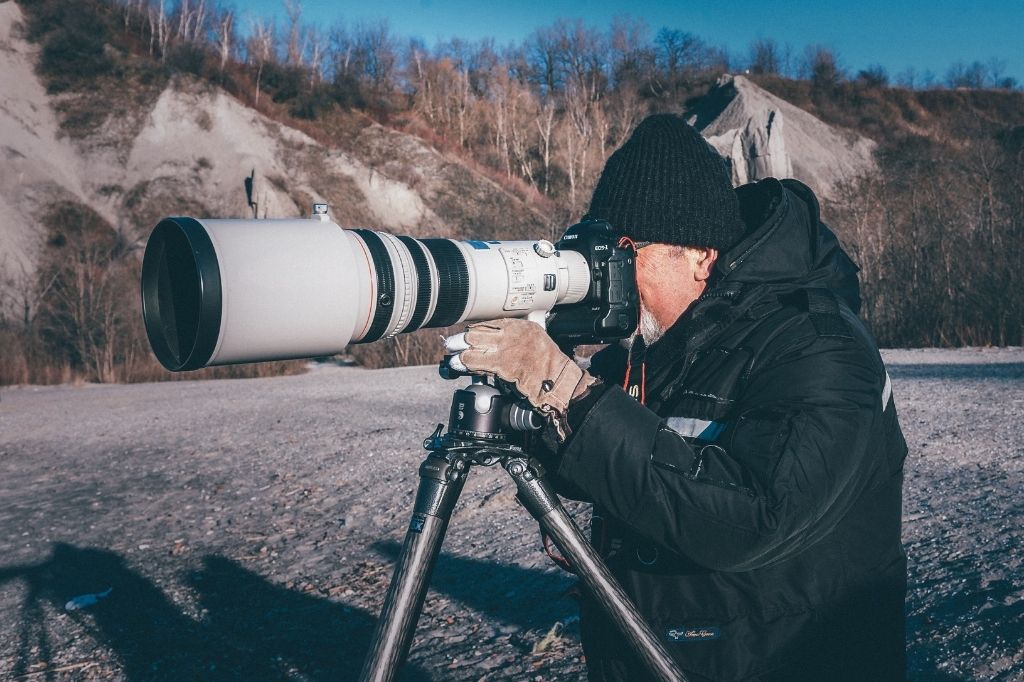Property and Fine Art Photographer Clifford Wort puts the Sigma 18-300mm f/3.5-6.3 DC MACRO OS HSM Contemporary Lens to the test.
Property and Fine Art Photographer Clifford Wort puts the Sigma 18-300mm f/3.5-6.3 DC MACRO OS HSM Contemporary Lens to the test – here’s his in-depth review.
Landscapes and nature are my passion and I am often climbing mountains and hiking long distances to get the best shots. So, because of this I like a single lens that can do everything. That’s where the Sigma Global Vision Multipurpose 18-300mm F3.5-6.3 DC MACRO OS HSM | CONTEMPORARY lens shines! I have the great width of 18mm and if I happen to want to capture scenes that are in the distance, the 300mm focal length is more than ample.
Cape Town shot from Lion’s Head 1/80 sec at f/8.0, ISO 200, 18mm (HDR 2+- exposure bracketing)
Cape Town CBD shot from Lion’s Head 8sec at f/8.0, ISO 200, 76mm (HDR 2+- exposure bracketing)
Build Quality and Handling
The rubber grip on the lens and the smooth feel of the zoom makes it easy to use. It has a solid build and the buttons for Optical Stabilization and Focus have a nice click to them. I quite like the small silver “C” on the lens too. The writing on the lens also seems to be of a high quality so it will prevent wear and losing the letters and numbers due to constant touching. I also like that the front of the lens does not have white letters describing the lens “18-300mm 1:3.5-6.3 DC ⌀ 72.” It gives it a more premium look.
Focus and Sharpness
Focusing is quick. It hardly ever struggles to focus. And when it does focus it doesn’t hunt for it. It will just go straight to the correct focus point. Without getting too technical, the lens is sharp. Stopping down to f/8 and f/11 will give you better sharpness throughout the image, but over all its great throughout the aperture setting range. One thing to remember is that when you lock the focus on Auto Focus, you cannot move the focus ring. This is nice in that you won’t accidently bump the focus out, but if you force the focus ring, you will damage the gears inside. When your focus is set to Manual Focus, the ring moves smoothly. It’s quite sensitive though so getting the perfect focus can at times be challenging.
Optical Stabilisation
For me this is one of the stand out features of the lens. Often I dropped the lens to way below the recommended shutter speed = focal length standard, and shot after shot I got sharp clean images. When I saw the little bird below I just put the camera to my eye and took the shot. Afterwards upon reviewing my settings I noticed it was set to Shutter priority mode with the settings as follows: 1/60 of sec at f/6.3, ISO 100, 300mm. Happily though I could rely on the OS doing a bang up job and I was able to capture the beautiful little bird.
Crystal Pools: 1/60 sec at f/6.3, ISO 100, 300mm
Macro
Being able to focus as close as 0.39m at 300mm sure does open up some possibilities for macro shooting. I didn’t find it to be overwhelming great though. You are not able to get very small things to fill the frame either and this leads to cropping which, depending on the size of the subject, can reduce resolution dramatically. Here is a cropped shot of a small spider and its prey.
Bokeh
For a lens that is not so fast, as say the f/2.8 70-200mm, this lens has some nice bokeh (the blur and out of focus part behind the subject). It is quite smooth and creamy when shooting at 200-300mm. Here is an example of an image of a Caracal licking its lips after dinner in the Cheetah Outreach. The beautiful bokeh behind the big cat can easily mislead you to think it was in the wild. Notice though the high ISO needed. For some lower end cameras this may lead to high noise levels which will thus degrade image sharpness in the end.
Cheetah Outreach, Somerset West: 1/500 sec at f/6.3, ISO 2000, 300mm
Conclusion
Well I am very happy with the Sigma Global Vision Multipurpose 18-300mm F3.5-6.3 DC MACRO OS HSM | CONTEMPORARY so far. I have shot landscapes, people, events, animals, spiders, the list goes on. The only thing I wish sometimes was that it went further and that it went wider. That being said, it goes nice and wide and it sure does zoom pretty far! It is considerably better than its processors and I would definitely recommend the lens to anyone looking for an all-round lens. It travels well and offers great value for money for a beginner and more advanced photographer. As the name says – “multipurpose,” a great “multipurpose” lens.
Cape Town from Lion’s Head: 1/640 sec at f/8.0, ISO 200, 18mm (39 images = 13 HDR (2+- exposure bracketing) = 1 Panorama
Camps Bay shot from Lion’s Head: 1/30 sec at f/5.6, ISO 400, 18mm (24 images = 8 HDR (2+- exposure bracketing) = 1 Panorama
Helderberg Basin (Strand, Somerset West, Gordon’s Bay) shot from the Gordon’s Bay Mountain Side at the Steenbras Dam: 10sec at f/5.6, ISO 400, 18mm (HDR 2+- exposure bracketing)
Corder Wines: 1/50sec at f/11, ISO 100, 18mm (HDR 2+- exposure bracketing)
All images shot on a Canon 550D with the Sigma Global Vision multipurpose 18-300mm F3.5-6.3 DC MACRO OS HSM | CONTEMPORARY lens.
Review and photos shared with permission. View more of Clifford’s work on his website, Facebook page, Twitter feed and Instagram.




